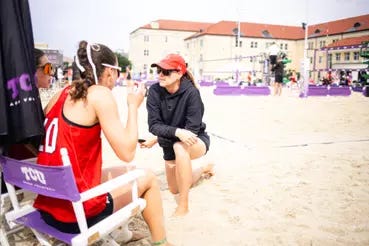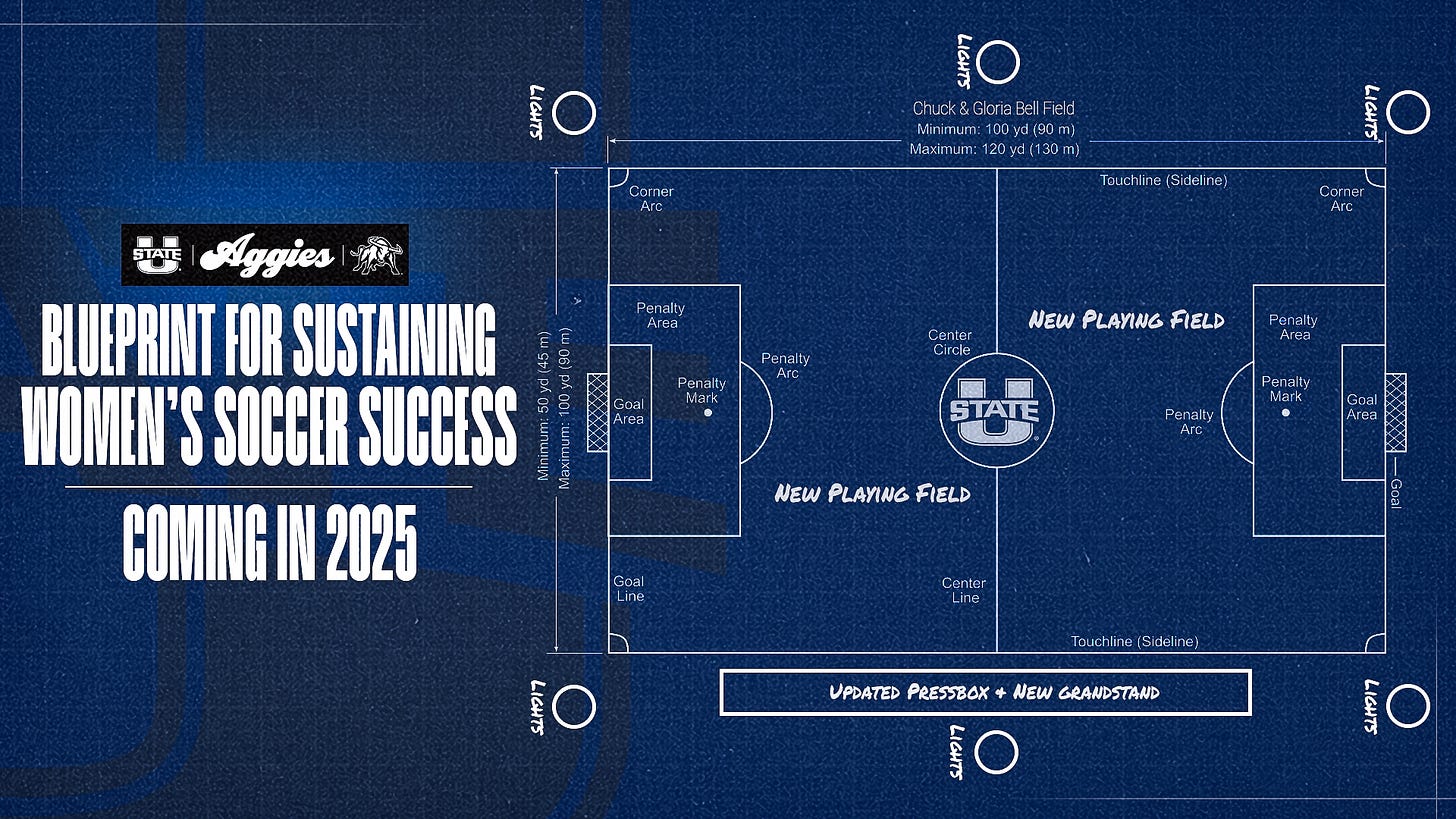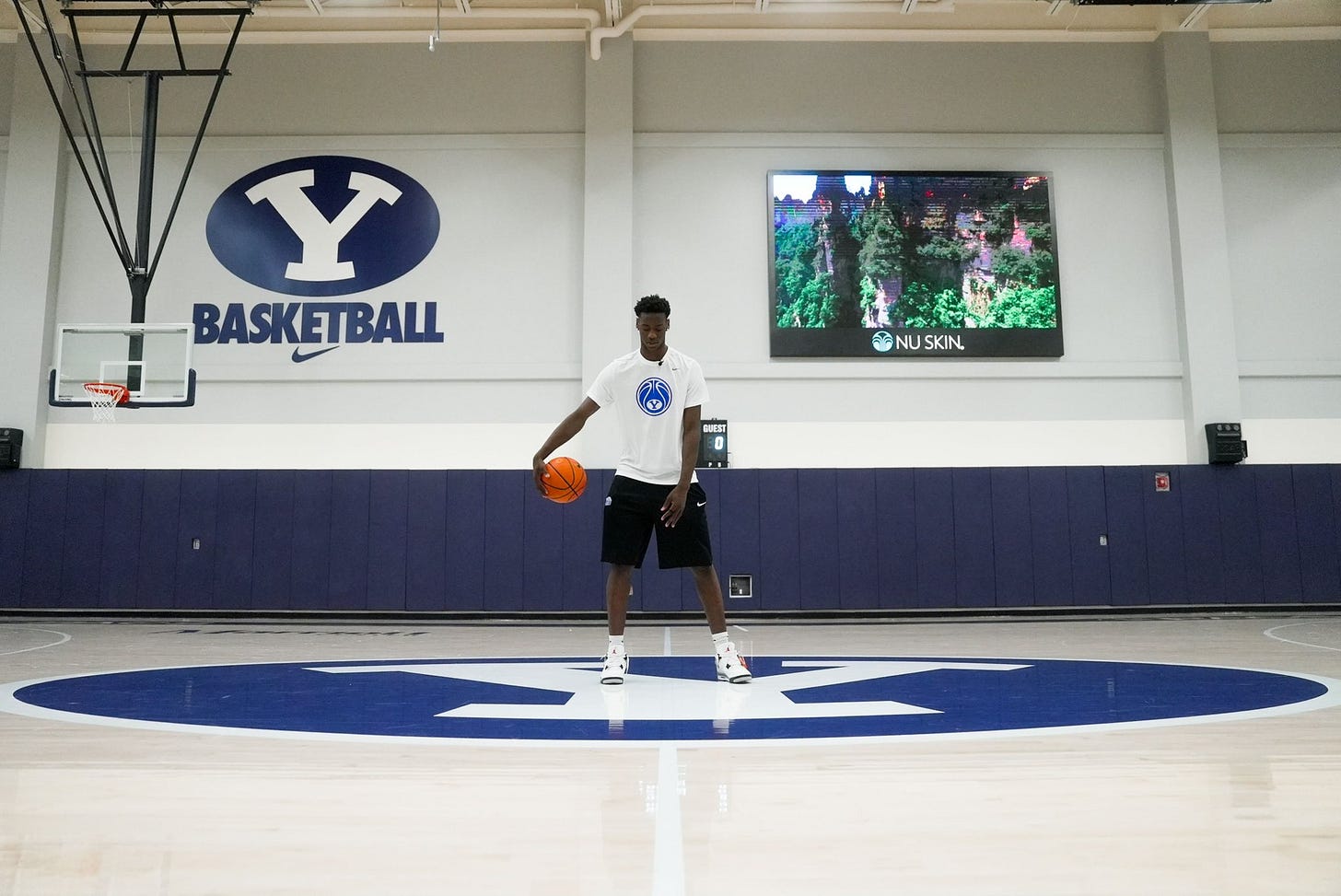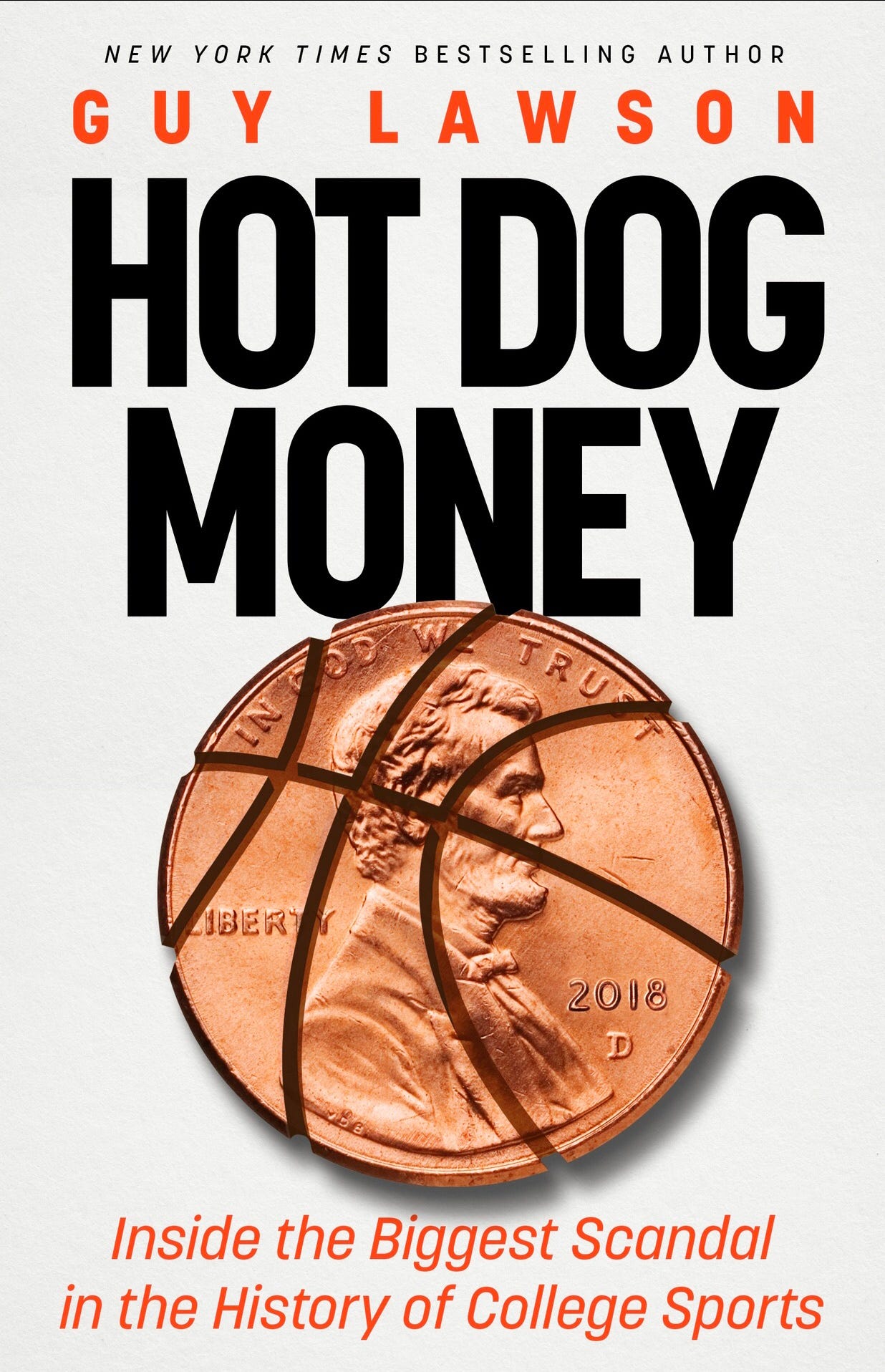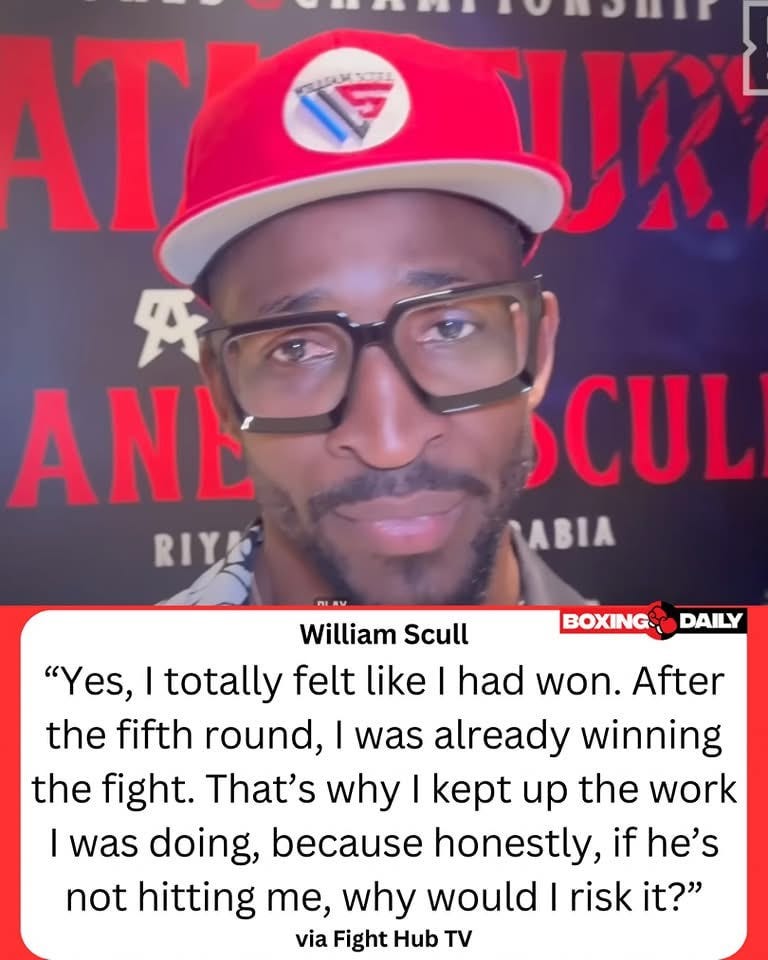To Renovate Or Not To Renovate
That was the question for the University of Utah beach volleyball program that opted against it. Utah State chose to renovate its aging women’s soccer stadium, and that has made all the difference.
When your travel itinerary expands from the Pacific east to Colorado for about a decade, you can probably manage that.
» But, when it turns into Plastic Man, expanding from here to Ohio and then to Florida nearly tripling operation costs, it’s a hassle and you’re still in the hole significantly.
That’s where we’ll begin the first story, which has to do with the Utah Utes beach volleyball team.
Hours after a run to the Big 12 Conference Semifinals, Utes head coach Brenda Whicker called it a day. She’d been with the program for the past eight years, ushering it into prominence from an infancy that saw Utah compete against Pac-12 Conference opponents that play the sport year-round.
"The University of Utah is like a second home to me," Whicker said. "My time at Utah began as a player and I have been so grateful for the opportunity I've had to come back here and coach. It's been so fun to be a part of this program from the beginning and to see the growth of beach volleyball in college athletics. I have been very blessed to coach some amazing young women and I will forever cherish the relationships and experiences we've had together. I have learned and grown a lot because of them. Even though I won't be on the court with them anymore, I will continue to cheer them on and support the program.”
Maybe Whicker already knew this was the end for Utah beach volleyball, having led the Utes to their highest ranking ever this past season in the Top 25. If she did know what was coming down the pike, the Utes coach never said. It hit her now-former team like a freight train, and so in response to the bad news they filed a petition to keep their dreams alive.
Née one of the supremely gifted members of the athletic Barton family, Brenda Whicker still has brothers who play pro football and one that still plays at the U in Lander, who is a starting linebacker on the Utes. Herself a legend in the Utes indoor volleyball program, Brenda was a four-year starter ranking fourth all time in kills, sixth in digs and is a member of the Utah Crimson Club Hall of Fame, having been inducted in 2010.
If there is a cautionary tale here, and if one can learn something from a Utah beach volleyball program that created a winning culture along with a Utah Beach Classic tournament held annually on campus, it is this: even that was not enough, according to Utah athletic director Mark Harlan who said the decision to drop the program was difficult.
“Currently, there are only 12 beach volleyball programs among power conference institutions, with little evidence of the sport expanding at this time. With the sport's growth stunted, and without the home facilities with amenities that allow us to host championship-level events, we are not providing the world-class experience that we seek to provide to our student-athletes."
If there is an answer about the future of Utah beach volleyball, it probably won’t be coming from Harlan, who while during his tenure as Utes AD has garnered more than his fair share of criticism for his handling, or lack thereof, a number of critical issues pertaining to the Utah athletic department. To say that he’s disliked by the majority of Utah alumni is an understatement.
Utah State University’s athletic history tells a bit of a different story. Several of its sports venues have either been renovated or were in the process of starting back in 2014, when the school agreed to a contract with Maverik, a chain of convenience stores, to sponsor and rename Maverik Stadium. With that commitment and one that is ongoing from alumni boosters Big Blue Club, the university has also been making changes to its gymnastics and softball programs over the past several years, projects to continue through 2025 and beyond.
The Aggies women’s soccer team has earned enough national attention to finally, and I do mean FINALLY, bring in donor dollars that will transform their soccer field that currently looks more like a top field at some 40-field soccer complex into one that hosts D1 college games, every fall.
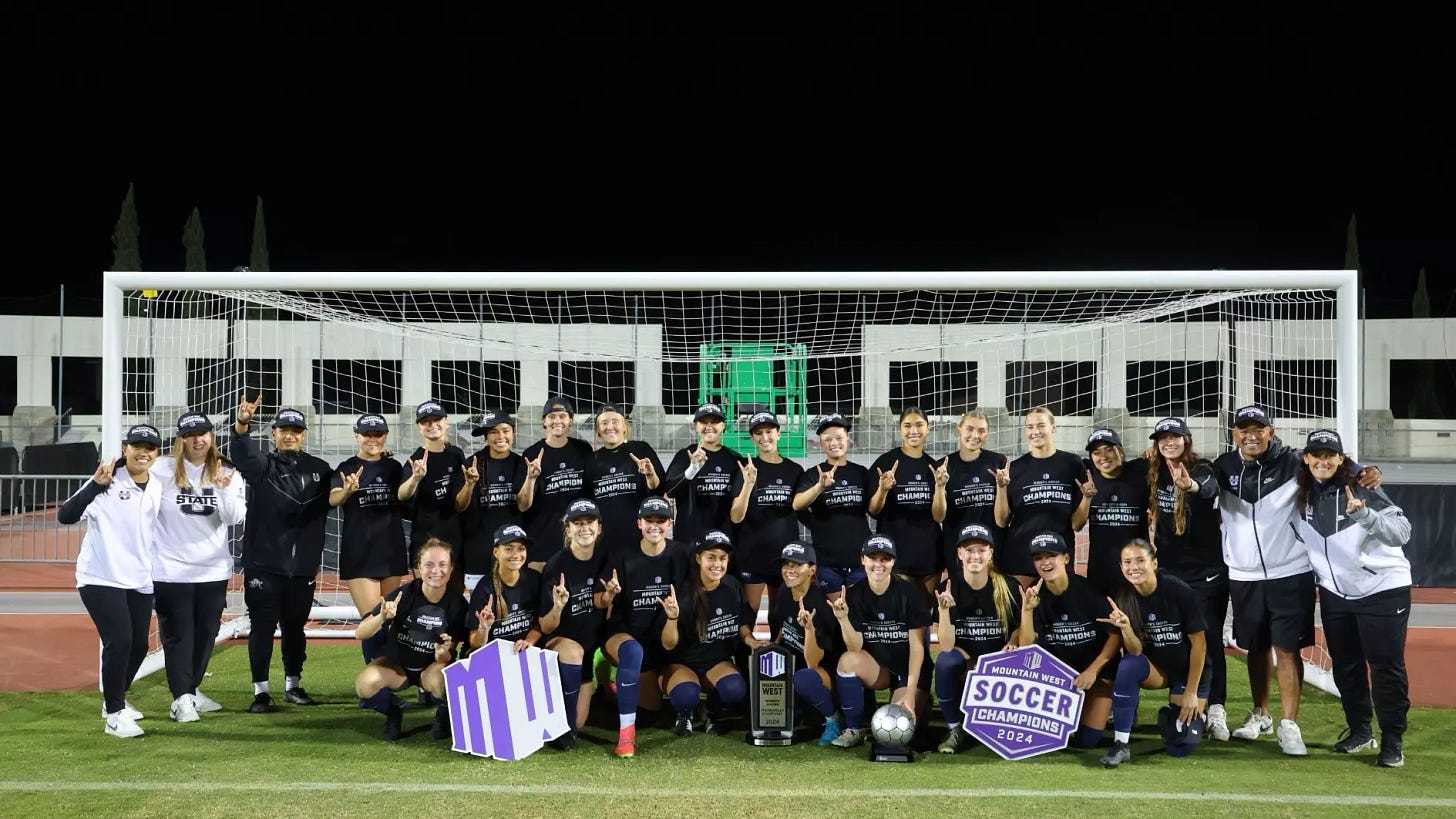
It’s part of a $125 million “Reach And Rise” project that Utah State athletic director Diana Sabau called “ambitious,” and so it will need be completed in several phases. The first phase will include lights, a drainage system and a state-of-the-art playing surface. That phase is scheduled to be completed by Fall 2025. Phase 2 might knock your soccer socks off, however.
Bell Field will, for the first time in program history, have a dedicated clubhouse with locker rooms (the donor has not been announced at this time though it’s rumored to be any number of philanthropists and alumni including former Real Salt Lake owner and billionaire Dell Loy Hansen). In the second phase, a new video board that will show replays and more on the north end of the stadium will go up and new grandstands with improved sight lines, a brand new press box, camera decks, and VIP area along with a balcony will all be installed.
Phase 2 is slated for completion in Fall 2026 and may be the most ambitious undertaking of any campus renovation project since Maverik Stadium was upgraded in 2014. Phase 3, the final piece of the women’s soccer field renovation, includes a new grand entrance and ticketing booths which according to school officials will “streamline access on game days.” In addition, concession areas will be built around Bell Field that sell modern food choices and Utah State Aggie apparel.
What made this possible was kismet, possibly. Head coach Manny Martins stayed in Logan, instead of heading to greener pastures in the power conferences, a factor the school addressed during the soccer field renovation announcement.
“The plan is simple: Hire a great coach that builds a team of exceptional young people, and surround them with the resources and infrastructure to out-train, out-recruit, and out-perform the competition,” Sabau added.
Coach Martins has been that person, attracting all kinds of talent to Logan, a town so removed from the 2 million-strong Salt Lake metro that you have to drive north through two valleys and a 22-mile long canyon just to get to Cache Valley, a 90-minute drive from Utah’s capital city.
Irregardless of the distance to major metros, the Aggies earned a No. 8 seed at the last NCAA Tournament, highest in program history after an 18-1-5 season in 2024. In addition to in-state recruits Coach Martins has talked into staying, he’s brought in big-time athletes from other states without compromising program integrity.
When most D1 women’s soccer powers have been welcoming more foreign-born players than domestic, the Aggies are bucking that trend in a valley that has far more dairy cows than people.
That enterprising school spirit is what Sabau is banking on as the school embarks on this renovation project, set to be completed in Fall 2027. She’s aware that entering the PAC-12 Conference carries with it “a wealth of possibilities,” and yet brings “heightened expectations.” Sabau said she wants to create a “winning program” that is vital to its sustainability, which can only come from an “institutional commitment.”
A positive is that the age of name, image and likeness, or NIL, hasn’t really affected college soccer programs; most don’t offer a return on investment that would tilt the scale one way or the other. The sole negative is that if roster limits are imposed, and if Utah State accepts those terms of the House Vs. NCAA settlement, the numbers of women’s scholarships could decrease from 35 to as little as 17.
In sum, Utah State believes there is no better time than the present to bring the old soccer stadium into the 21st Century before Pac-12 Conference play officially begins starting in Fall 2026. For this campus that has a female such as Sabau in charge, at a time when more women’s Olympic sports at NCAA colleges are disbanding due to some male AD’s pulling the plug too early, this surge of momentum Sabau has led may show other programs there is a way forward. «
Overthink This Photo …📸
I haven't seen a team as good as BYU's on offense since the Utes had Keith Van Horn.
Xavion Staton is an underrated pickup and of course there's AJ Dybantsa [above in photo] who may well be a generational talent.
The only question I have: can the Cougars play defense? Because that was the bread and butter for Utah’s later teams under Rick Majerus.
The Utes couldn't play against the big boys in Big Rick's early days [including when Van Horn was playing] because the team lacked intensity on defense. Games were often in the high 70s-low 80s and Utah finished no higher than No. 19 nationally.
But, by the time Majerus got his guys in there, and you had Andre Miller, Hanno Mottola, Mike Doleac and Big Al Jensen and the Johnsen Bros outta Murray including McDonald’s All-American Britton, the Utes fortunes changed. Not only could Utah score in bunches if it had to, it could make games against similarly talented teams ugly and low-scoring [mid 50's-low 60's].
If BYU wants to take that next important step with Dybantsa donning the number 23 and Staton providing some strength and length down low, it will have to clamp down against all the bluebloods awaiting the Cougars in the Big 12. The pieces are there; in addition to the McDonald’s All-American AJ Dybantsa and Xavion Staton, Keba Keita and Mihailo Boskovic plan to return.
Though Richie “Tater King” Saunders is still up in the air about his future, BYU head coach Kevin Young brought in Domonique Diomande from Washington and perhaps the most vital piece to the Cougars success in Baylor transfer guard Rob Wright, who will run the offense from the point. In that case, BYU Nation will hope that Wright is a carbon copy of Andre Miller the year Dre led Utah to the NCAA National Final.
» BOOK ‘EM, BRIAN…
Today’s book: HOT DOG MONEY, by Guy Lawson
Marty Blazer knew he had reached his limits. After he helped federal agents get some of the biggest AAU street agents and shoe hustlers off the street, and when that paper trail also led to the biggest investigation of the FBI, ever, he was discarded like yesterday’s news.
That’s when the longtime confidential informant turned to author Guy Lawson and with Blazer’s help they pieced together this book. With concrete legislation on the horizon, Blazer felt there was more to the story—despite helping send several street agents and others to prison. In his eyes, the NCAA pay-for-play scandal still had plenty of rocks to uncover.
Blazer had some name recognition in professional sports. He was often seen on sidelines as an NFL player agent, and ate and partied with rap stars and Mike Tyson.
According to Blazer, the FBI and federal authorities—that didn’t agree to be interviewed in this book—sidestepped the most important culprit of all: the NCAA college programs. Though street agents and hustlers were indeed a part of the problem, they weren’t the root of the problem here, and so I strongly recommend reading this book to gain a clearer picture of the entire situation. «
#WhatAreWeDOING?!?
» This one will DEFINITELY be up for WAWDOTY. Some 16-year-old boy named Trae Taylor gamed his parents, his football coaches and all who had assembled at his college announcement ceremony including the school he pretended he committed to, in the Illinois Fighting Illini:
The Canelo-William Scull fight sucked. But what was crazy about Saturday’s battle in Saudi Arabia was that Scull accepted ZERO responsibility for initiating the throwing of so few punches that pundits wanted answers:
Thanks for reading; be safe and be well. I’ll see ya next time. «



